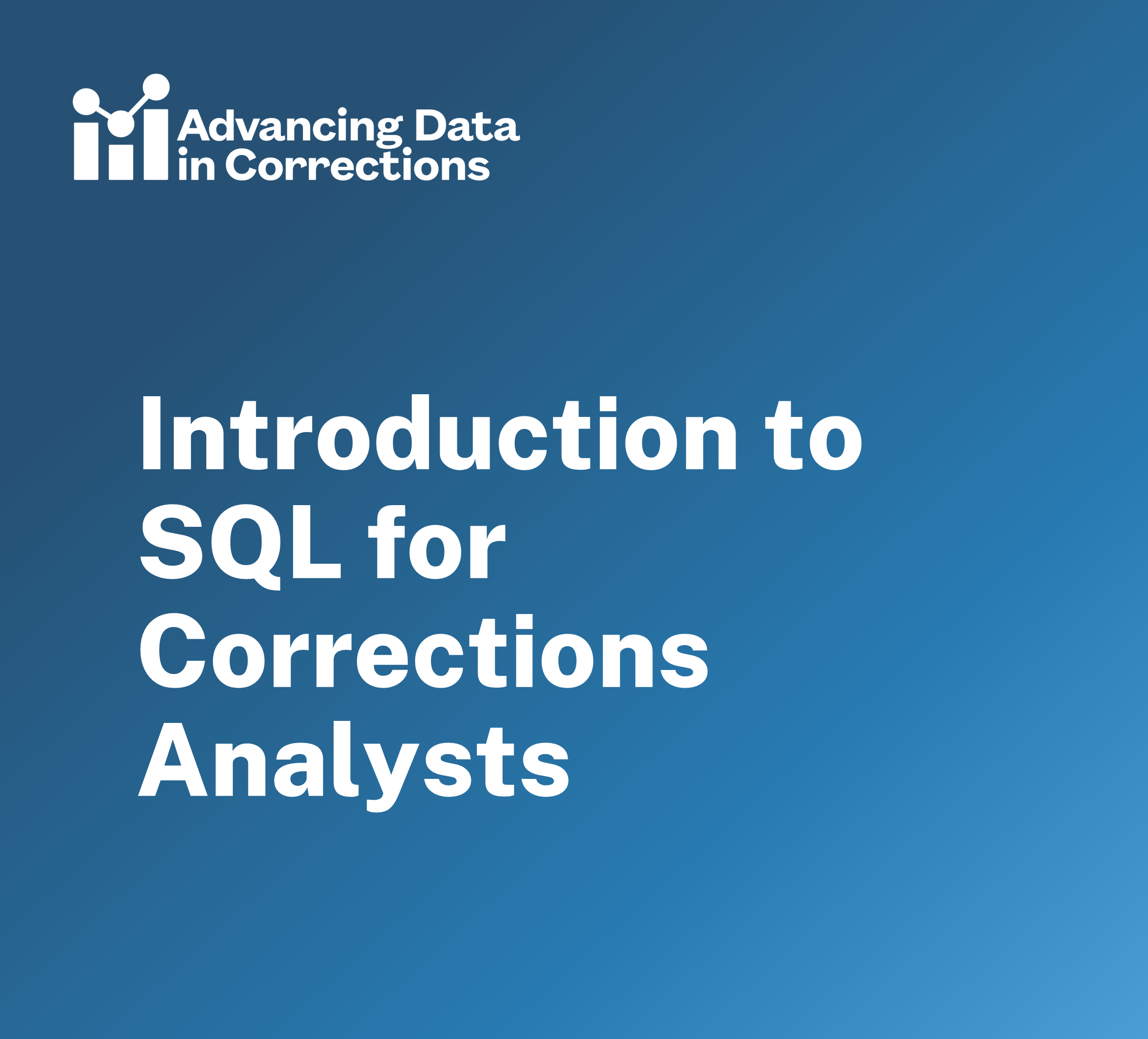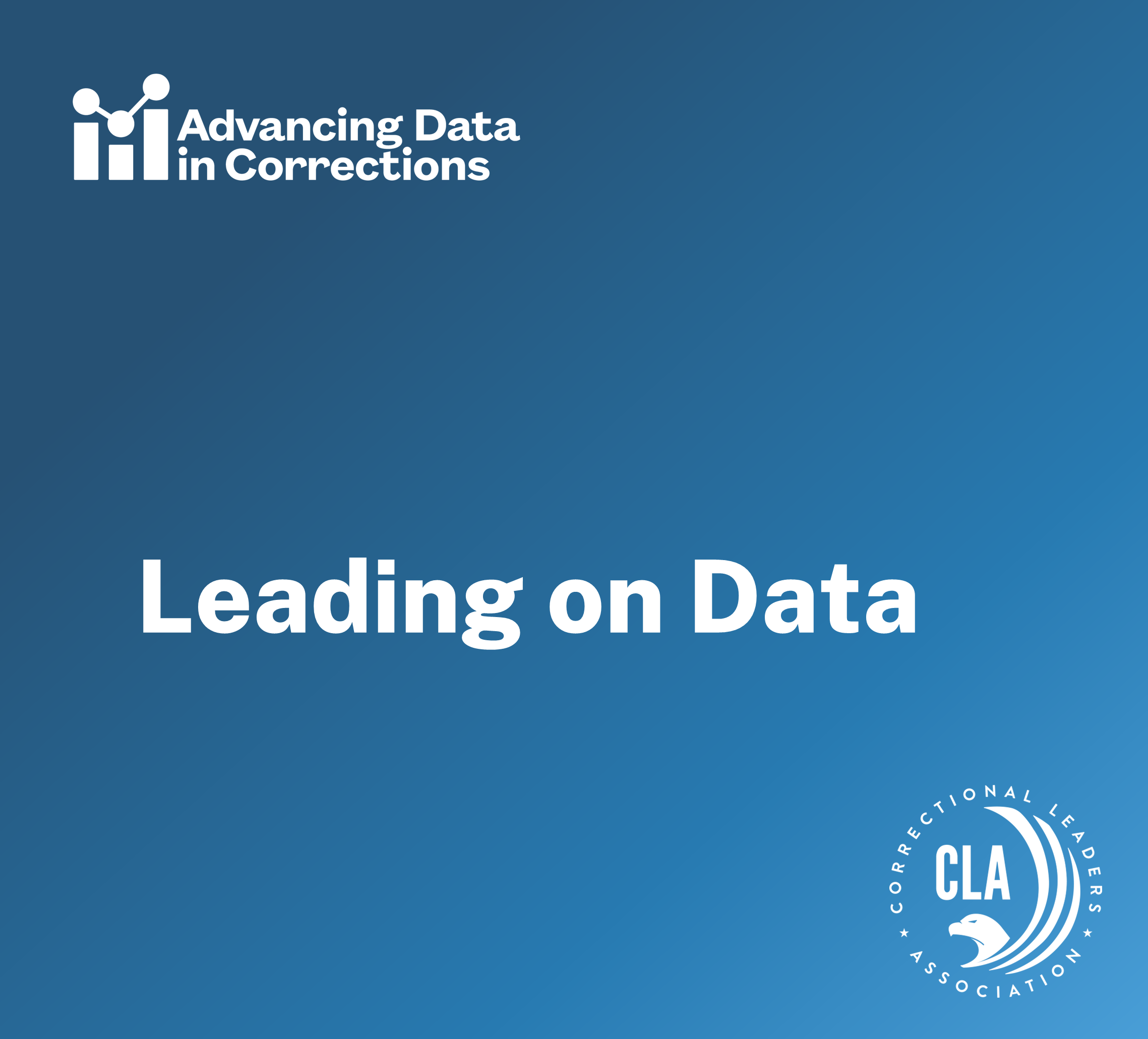Description
Recidivism is perhaps the most important metric tracked by criminal justice and corrections analysts. It can be measured in several ways, but its main goal is to analyze the rate at which people released from incarceration return to criminal justice involvement.
This course will explain the various definitions of recidivism and will show how to calculate the three most common ways of measuring rates of recidivism: (1) rearrest, (2) reconviction, and (3) reincarceration. Each method requires a specific unit of analysis, the most common being a cohort of individuals released from incarceration within a specific period (i.e., calendar years or months).
While all recidivism rates will be calculated and visualized using R in the course, the logic behind each rate will be comparable to other programming languages. The course will also highlight the limitations of each method of calculating recidivism and the potential pitfalls of comparing recidivism rates across jurisdictions.
Intended Audience
This course is for anyone who has to calculate recidivism rates regularly, such as analysts and researchers. In addition, parole or corrections managers or leaders who set goals on recidivism reduction could take this course to learn about different ways to calculate recidivism rates and the overall limitations of these rates. Learners should have a basic understanding of criminal justice data and data analysis techniques.
Learning Objectives
After completing this course, learners should be able to do the following:
- Recognize the usefulness of tracking recidivism rates.
- Identify the correct data needed to track recidivism.
- Calculate the following three recidivism rates in R:
- Rearrest rates
- Reconviction rates
- Reincarceration rates
- Understand the limitations of the different recidivism rates and necessary precautions to take when comparing rates across jurisdictions.
Structure
The course is organized into lessons that are meant to be completed sequentially. Each lesson includes a video introduction to the topic or technique with an example or demo of the topic being implemented, as well as an opportunity to put into practice some or all the material presented in the lesson through a practical exercise.
| Lesson |
Lesson Objectives |
| 1: Introduction to Recidivism Analysis |
- Understand the purpose of calculating recidivism rates.
- Recognize the different ways to calculate recidivism rates.
- Understand the benefits of each method.
|
| 2: Calculating Rearrest Rates |
- Recognize the benefits of calculating rearrest rates.
- Understand the data requirements for rearrest analysis.
- Calculate rearrest rates in R.
|
| 3: Calculating Reconviction Rates |
- Recognize the benefits of calculating reconviction rates.
- Understand the data requirements for reconviction analysis.
- Calculate reconviction rates in R.
|
| 4: Calculating Reincarceration Rates |
- Recognize the benefits of calculating reincarceration rates.
- Understand the data requirements for reincarceration analysis.
- Calculate reincarceration rates in R.
|
| 5: Comparing Recidivism Rates |
- Understand when to use which rate and the benefits of each method.
- Recognize the difficulties of comparing similarly derived rates across different jurisdictions.
- Understand the methodological shortcomings of recidivism analyses alone.
|
Resources
- Shawn Bushway and Megan Denver, “The Myth that Most People Recidivate,” The Criminologist 51, No. 2 (2025): 1, 3-7, https://asc41.org/wp-content/uploads/ASC-Criminologist-2025-03.pdf.
- United States Sentencing Commission, Recidivism of Federal Offenders: A Primer (Washington, DC: United States Sentencing Commission, 2023), https://www.ussc.gov/sites/default/files/pdf/research-and-publications/backgrounders/RG-recidivism-overview.pdf.
- The Council of State Governments Justice Center, 50 States, 1 Goal: Examining State-Level Recidivism Trends in the Second Chance Act Era (New York: The Council of State Governments Justice Center, 2024), https://csgjusticecenter.org/publications/50-states-1-goal/.
Estimated Time to Complete
5 hours








